Multiple explosions were heard in and near the capital Tehran as Israel carried out airstrikes on Iranian targets, Iran's state news agency IRNA reported.
Unconfirmed reports said several sites in other Iranian cities were also targeted, including Iran's Natanz nuclear enrichment facility, which was seen smoldering in the distance after an Israeli airstrike.
A photo taken in March 2005 shows Iran's Natanz uranium enrichment facility (Photo: Reuters).
Although there has been no official confirmation of a radioactive leak, the incident is raising concerns about the ability to control the incident and the possible environmental consequences.
According to reports from Reuters and AP News , the attack targeted Iran's most important nuclear facility, which houses IR-6 centrifuges used to enrich uranium to near-weapons levels.
While Iranian authorities have claimed that no radiation leaks have been recorded, many experts warn that physical destruction of the isolation chambers could cause uranium isotopes and fission products such as xenon-133 and iodine-131 to be released into the air.
Chernobyl: Nuclear ghost haunts humanity
On April 26, 1986, the Chernobyl nuclear disaster turned a large part of the residential area into a "ghost town" (Photo: Getty).
On April 26, 1986, reactor number 4 at the Chernobyl nuclear power plant (formerly Soviet Union, now Ukraine) exploded due to a failure in a safety test. The incident was rated INES level 7 - the most serious level on the international nuclear incident scale.
According to a combined report from the IAEA, WHO and the UNSCEAR (United Nations Scientific Committee on the Effects of Atomic Radiation) programme, nearly 134 people were confirmed to have been exposed to high doses, of which 28 died within three months. More than 350,000 people were evacuated from the 30km exclusion zone.
A study published in The Lancet Oncology in 2006 estimated that more than 6,000 cases of thyroid cancer were directly linked to iodine-131 exposure from the incident, mainly in children and adolescents in Belarus, Ukraine, and Russia.
An environmental report from the United Nations Environment Programme (UNEP) confirmed that radioactive isotopes such as cesium-137 and strontium-90 still exist in the soil and groundwater in the area around Chernobyl to this day. The release of radiation not only has biological effects but also has psychological, social and economic consequences that last for decades.
Fukushima: When disaster becomes catastrophe
Fukushima nuclear power plant facilities before the disaster (Photo: Reuters).
On March 11, 2011, a magnitude 9.0 earthquake and tsunami waves over 14 meters high destroyed the Fukushima Daiichi nuclear power plant in Japan. The cooling systems of the three main reactors were paralyzed, causing the nuclear core to melt and release radiation.
According to reports from the Japan Atomic Energy Agency (JAEC) and the IAEA, more than 770,000 tons of contaminated water were collected and treated through filtration systems such as ALPS. The main isotopes released included tritium (H-3), cesium-137, and strontium-90.
According to local reports, more than 164,000 people have been evacuated from the area, and tens of thousands have not been able to return due to radiation safety issues.
In addition, a 2021 study published in the journal Nature Energy found that stress, depression, and suicide rates among Fukushima residents were higher than the national average for at least 10 years after the disaster.
Although no immediate deaths have been confirmed due to radiation exposure, the Japan Atomic Energy Safety Commission said the risk of thyroid cancer and cardiovascular disease may increase slightly in some groups of the population with long-term exposure.
Three Mile Island: The Incident That Changed Systemic Norms
Three Mile Island nuclear power plant in 2019, before it closed (Photo: Wikipedia).
On March 28, 1979, reactor No. 2 at the Three Mile Island (TMI) nuclear power plant in Pennsylvania, USA, suffered a partial core meltdown due to technical errors and human factors.
Although the release of radiation was not large, the incident caused nationwide panic and led to sweeping reforms in nuclear policy.
Reports by the Nuclear Regulatory Commission (NRC) and studies by the National Cancer Institute show that there is no epidemiological evidence of a significant increase in cancer due to radiation exposure from the TMI event.
However, the incident monitoring and reporting system was thoroughly overhauled afterwards, including mandatory implementation of passive safety systems, upgraded emergency communications, and enhanced operator training.
The accident halted approvals of new nuclear power plants in the United States for more than 30 years and sparked a widespread anti-nuclear movement in the West.
Kyshtym: The hidden tragedy
The 1957 Kyshtym nuclear disaster left more than 20 villages, including more than 11,000 people, evacuated and completely destroyed (Photo: Environment&Society).
The explosion at the Mayak facility in Kyshtym (Russia) in 1957 was one of the most serious nuclear accidents but was kept secret for decades.
According to Greenpeace and published post-Soviet documents, more than 80 tons of highly radioactive liquid waste exploded due to damage to the cooling system, contaminating more than 20,000 square kilometers of land.
A report from the Russian Academy of Sciences estimates that about 10,000 people have been evacuated, but thousands more continue to live in the contaminated area without warning.
Health data collected between 1992 and 2000 showed unusually high rates of leukemia and birth defects in the Chelyabinsk region.
A study by Zaire et al. (1997) published in the Health Physics Journal concluded that genetic effects can persist across generations, especially with the isotope strontium-90, which has a half-life of 28 years and is easily deposited in human bone marrow.
Windscale and Goiânia: Warnings from poor management
The fire at the Windscale nuclear facility released radioactive fallout that spread across the UK and the rest of Europe (Photo: Wikipedia).
In the UK, the 1957 fire at the Windscale nuclear facility released more than 740 TBq of iodine-131 into the atmosphere – the highest level ever recorded in Western Europe.
The British government was forced to destroy more than 2 million litres of milk from Cumbria. According to research published in the British Medical Journal, there may have been more than 200 cases of thyroid cancer indirectly related to it.
In Brazil, the 1987 Goiânia incident occurred when a Cesium-137 radiotherapy machine was dismantled and sold for scrap – resulting in more than 249 people being exposed to radiation, including four deaths.
The Brazilian Nuclear Energy Commission (CNEN) recorded that more than 200 tons of contaminated soil, construction materials, and utensils were collected and buried in special isolation vaults. This incident demonstrates the vital importance of medical radiation source management and public education.
Natanz: A reminder of the dangers that are present
Illustration: Currentaffairs
In the wake of the attack on Iran's Natanz nuclear facility, lessons from the past are more urgent than ever.
As a key uranium enrichment center, Natanz was the target of a cyberattack (Stuxnet) in 2010 and now faces the risk of a physical radioactive leak if a fire or explosion damages its isolation system.
An analysis by the Institute for Science and International Security (ISIS) suggests that the area attacked may contain high-powered IR-4 and IR-6 centrifuges. If released, uranium hexafluoride (UF6) could react with moisture and produce toxic hydrofluoric acid, posing a direct threat to operators and nearby residents.
It can be seen that incidents occurring in nuclear infrastructure – whether due to military reasons or natural disasters – always pose risks beyond prediction.
According to studies from the International Atomic Energy Agency (IAEA) and the World Health Organization (WHO), a fire at an enrichment facility could cause alpha radiation contamination, which is difficult to detect but extremely dangerous if it enters the body through the respiratory or digestive tract.
Leaked simulation data from the Carnegie Institution for Science also shows that if uranium cooling systems are compromised, the increased temperatures could trigger spontaneous emissions from unstable materials.
Source: https://dantri.com.vn/khoa-hoc/bai-hoc-xuong-mau-tu-cac-tham-hoa-hat-nhan-trong-lich-su-20250613103301819.htm


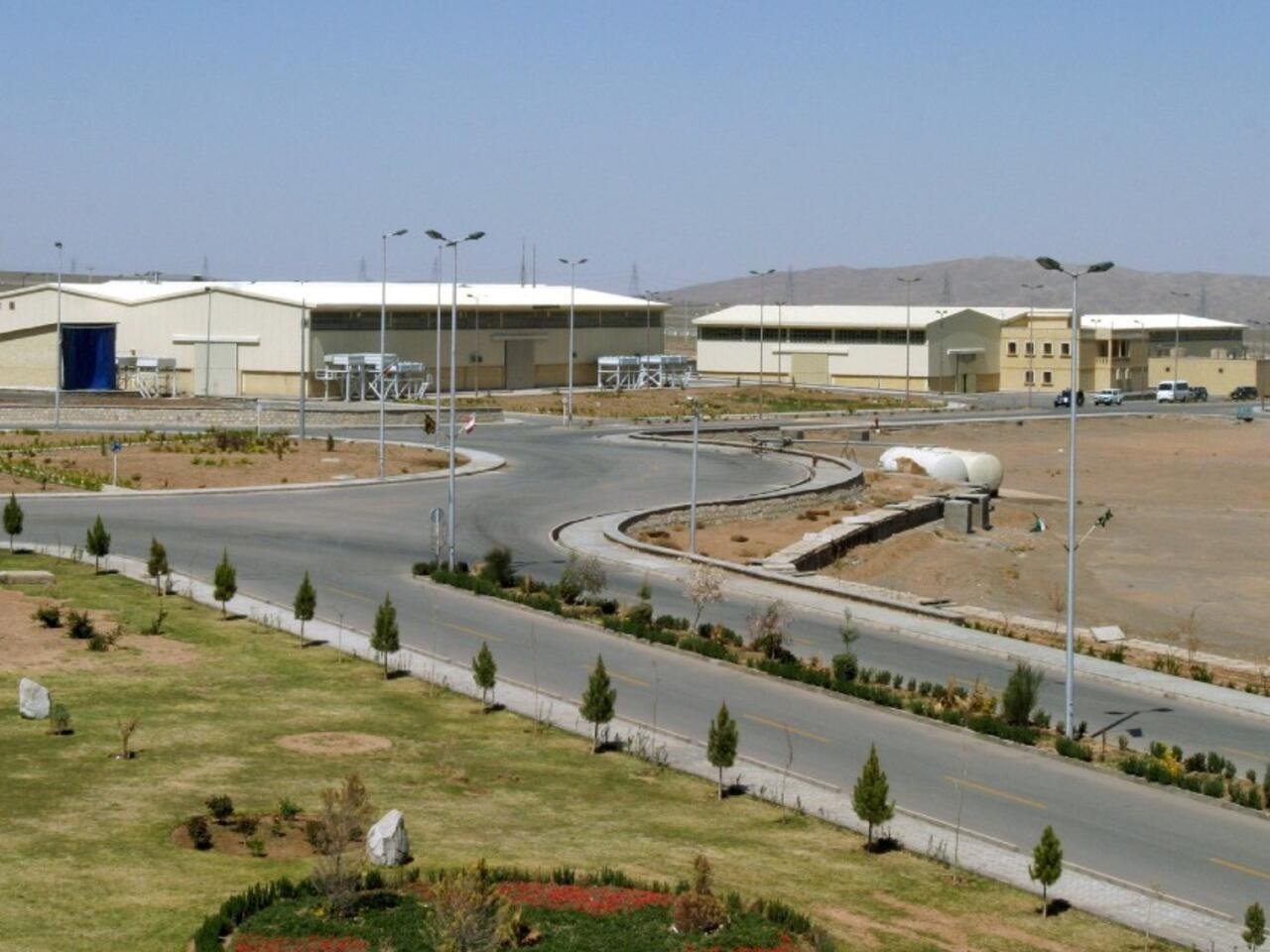
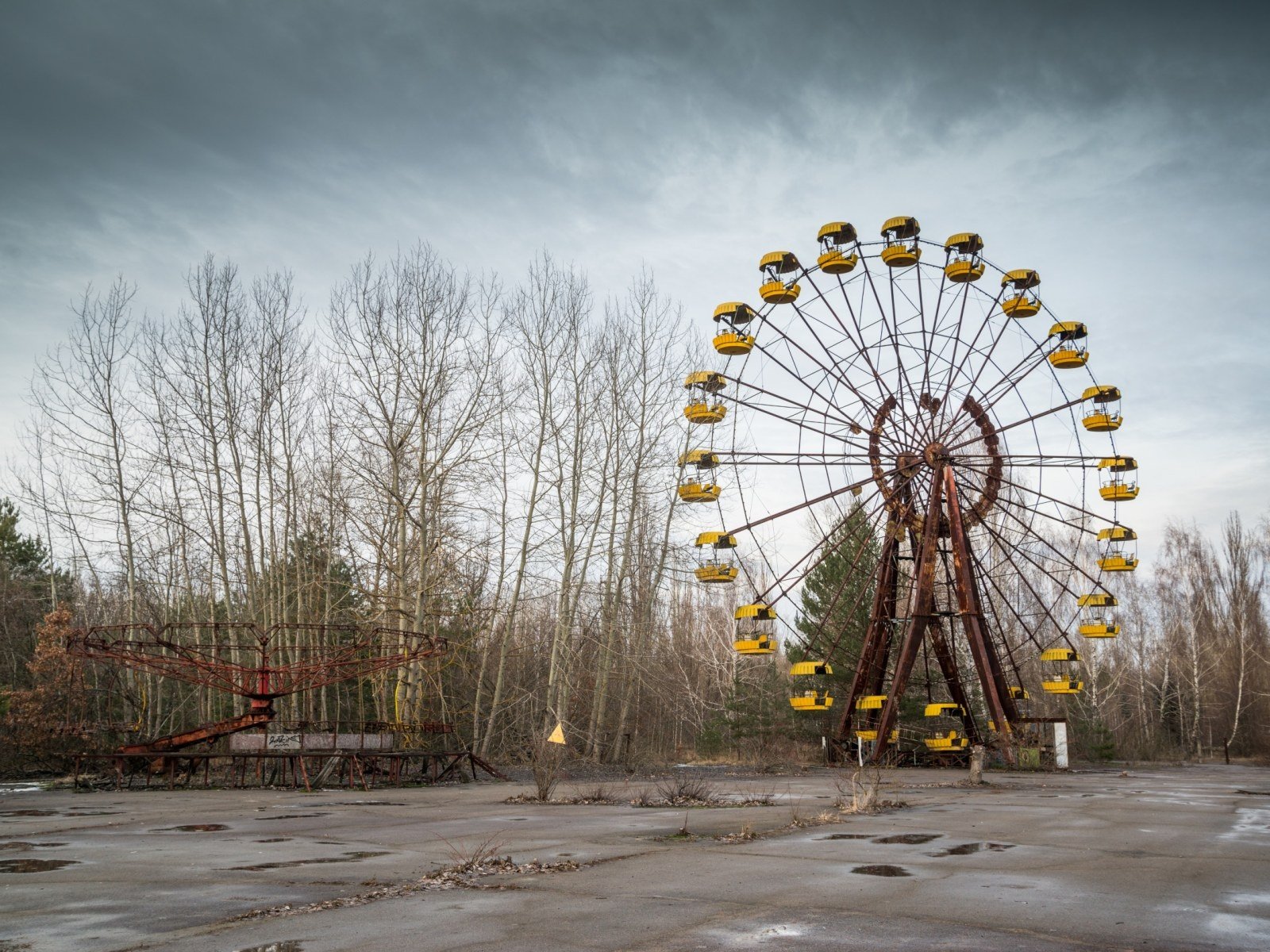
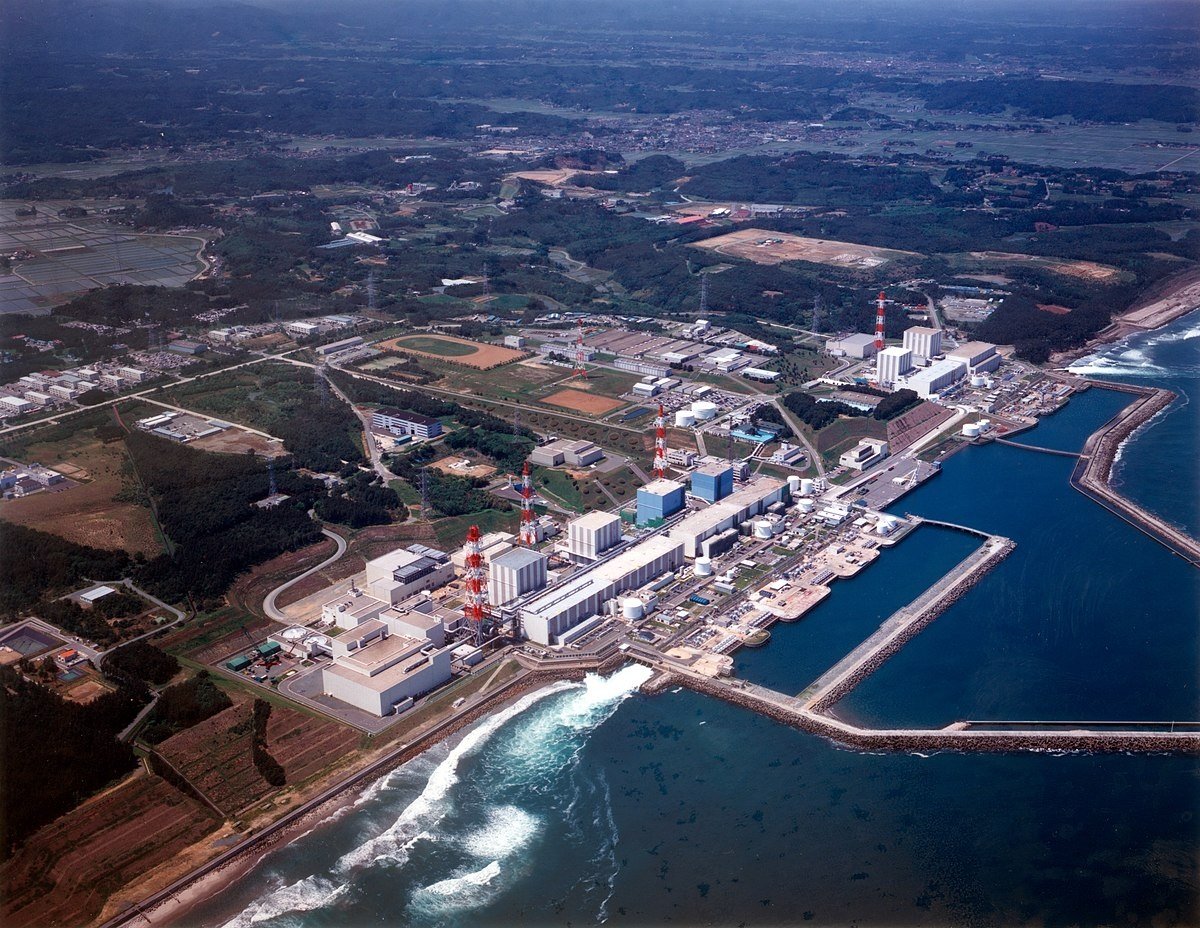
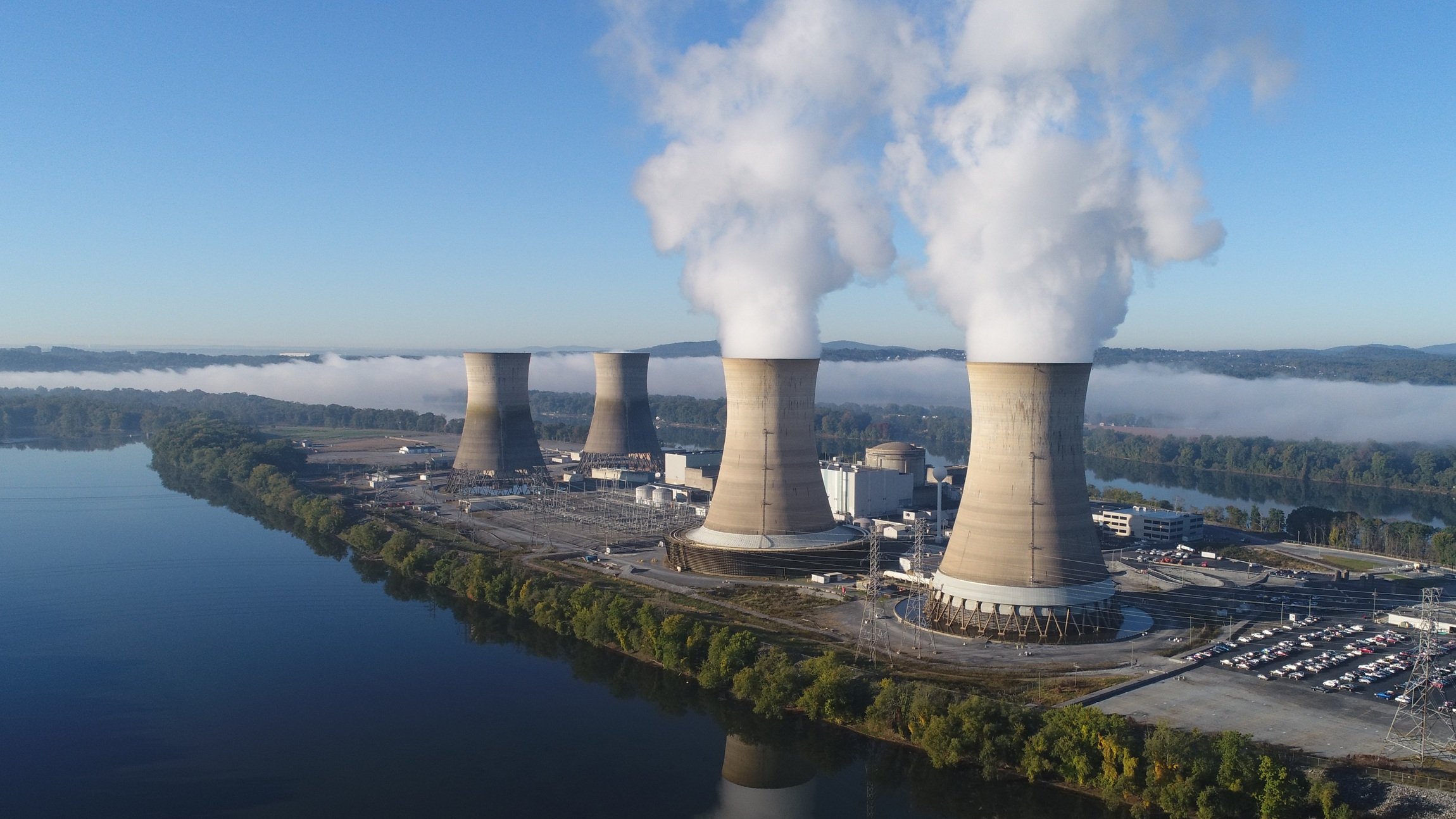
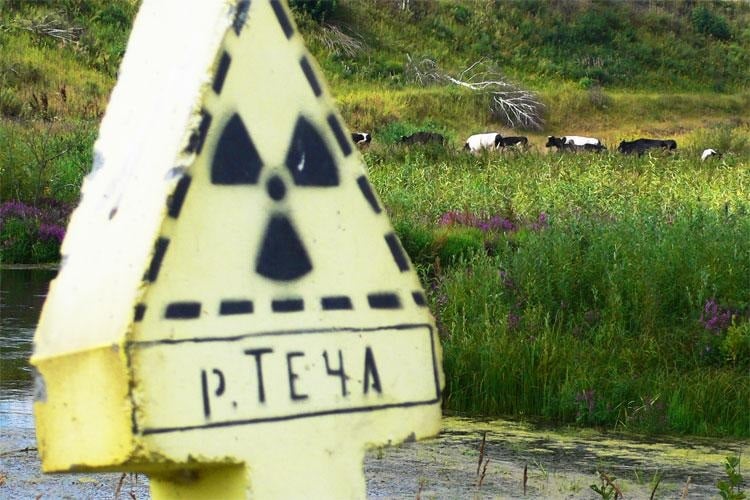
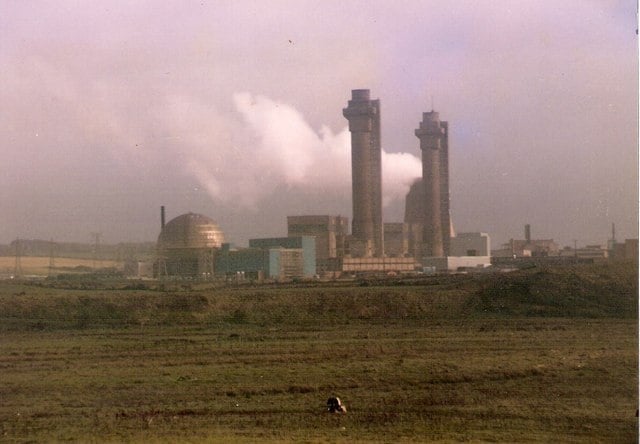
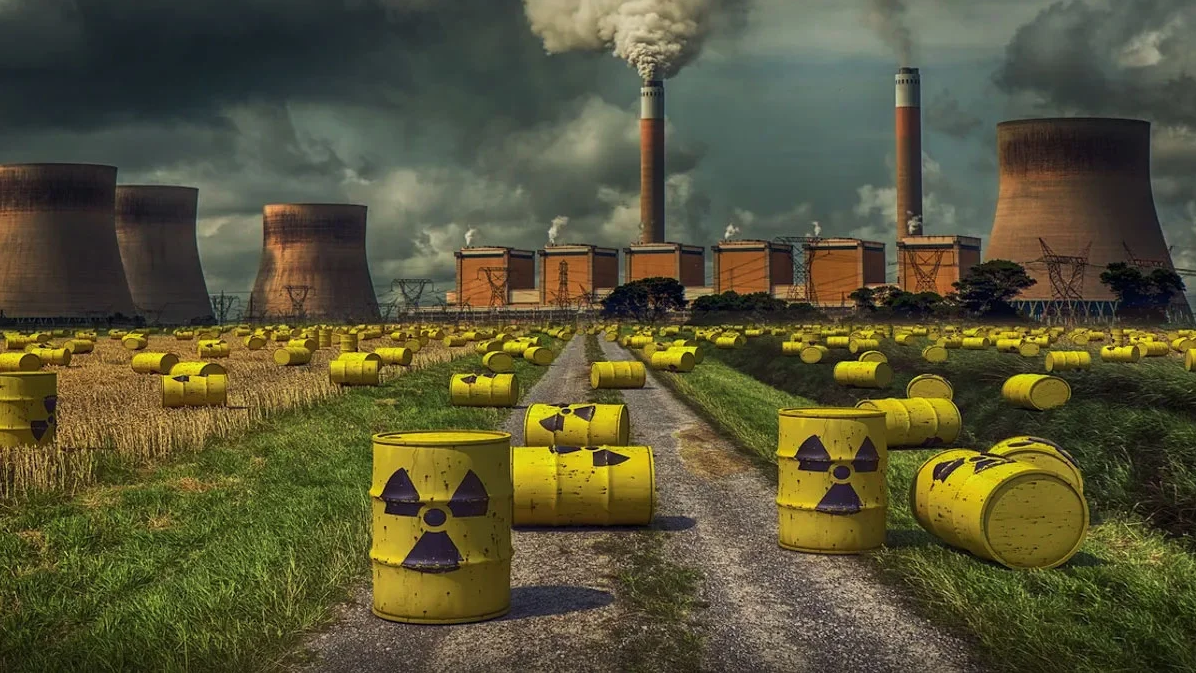






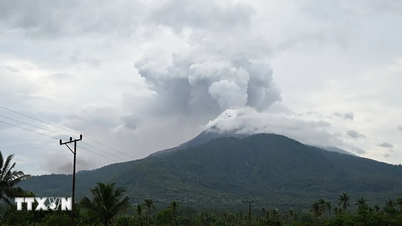

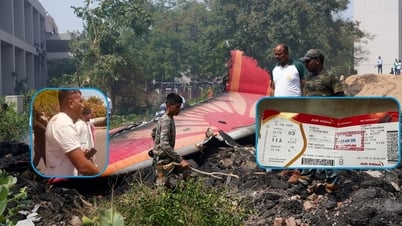



















































































Comment (0)